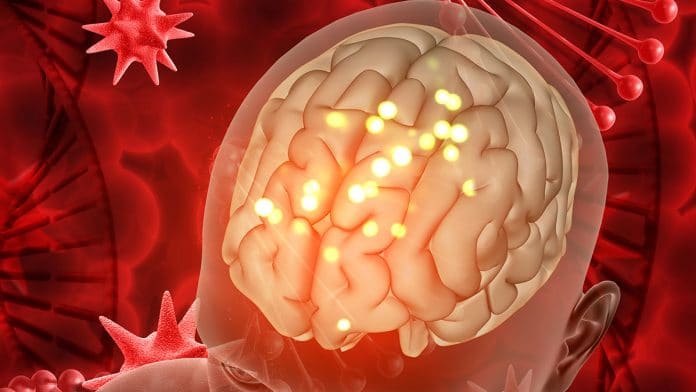Brain cancer? Does that sound terrible? That must be. But to an estimate from the American Cancer Society, you’ll be glad to know that people have less than 1 percent chance of developing a malignant brain tumor in their lifetime. But still not to miss, cancer is the second leading cause of death worldwide. There are only certain risk factors or genetic conditions that increase the likelihood of developing brain cancer. However, the common types are known as secondary tumors, which means that they have metastasized.
Tumors that start in the brain are called primary brain tumors. Tumors can start in any part of the brain or related structures. Cancers that have spread to the brain from somewhere else in the body are called secondary brain tumors or brain metastases. The brain consists of different tissues and cells which can develop into different types of tumors. There are over 130 different types of brain tumors.
Generally, brain tumors can be benign (non-cancerous) or malignant (cancerous). Benign tumors usually grow slowly. They are less likely to come back after treatment or to spread to other parts of the brain. Each year around 5,900 people get diagnosed with a benign or uncertain brain tumor in the UK. By unclear means, it’s not possible to tell how cells will behave.
Consider watching this video to know what causes cancer.
Malignant tumors, on the other hand, grow faster than benign tumors. They are more likely to come back after a treatment and to spread to other parts of the brain. Each year around 5500 people get diagnosed with a malignant brain tumor in the UK. It is also known as a high-grade tumor.
Brain tumors are more familiar to older people. Around 25 out of every 100 people (approximately 25%) diagnosed with a brain or spinal cord tumor in the UK every year are aged 75 or older. Common symptoms of a brain tumor include headaches, feeling sick, and seizures (fits). Brain tumors cause symptoms because they take up space inside the skull when they grow and secondly due to their position in the brain.
Watch these videos and keep your brain Healthy..
Your skull is a structure of bone where the brain takes up only a fixed amount of space. If there’s a growing tumor, it increases the pressure inside the skull. It is called “raised intracranial pressure” and might cause severe headaches, seizures, drowsiness, and even behavioral changes.
Your risk of developing cancer depends on many things, including your age, genetics, lifestyle, and environmental factors. Anything that can increase your risk is called a risk factor. The risk factors for developing a brain tumor include getting older and family history. But having a risk factor doesn’t mean that you will develop a brain tumor.
Also, being overweight or obese increases the risk of a type of brain tumor called meningioma. About 2 out of 100 brain tumors diagnosed in the UK every year are caused by being overweight or obese. You can reduce the chances by staying physically active and eating a healthy, balanced diet. The risks from medical (ionizing) radiations are only 1 percent but still a risk factor.
Grading is a way of dividing tumor cells into groups based on how the cells look. Yet there are four grades known as Grade 1,2,3, and 4. You can ask your doctor about the stage of your disease to understand its severity and avoid risk factors as brain cancer survival is improving due to awareness and events like World Cancer day celebrated on 4th February every year.
Until Next Time,
Team Doctor ASKY!





















